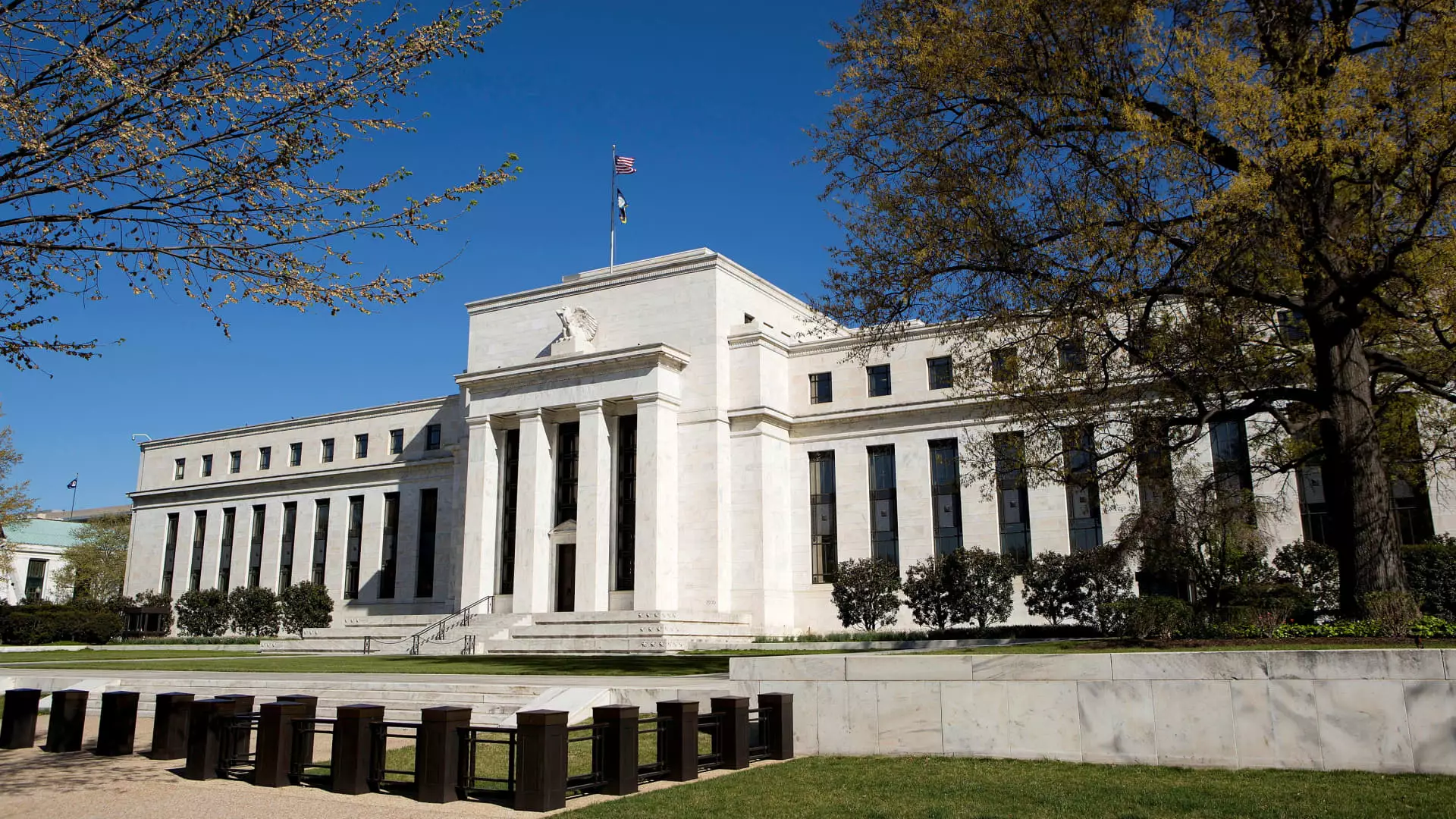In the wake of the recent elections, the Federal Reserve’s announcement to reduce its benchmark interest rate by 25 basis points has caused a ripple effect across various sectors of the economy. This move, executed soon after President-elect Donald Trump assumed office in 2024, has been interpreted as a response to the pervasive economic uncertainty that has characterized the United States. With inflation rates soaring to levels that strained the average American’s financial capabilities, the decision by the Fed reflects an assessment of shifting economic signals—indicating inflation may be receding to a more manageable level.
In times leading up to the elections, Americans grappled with the realities of the high cost of living. Fortunately, recent data, particularly from the personal consumption expenditures price index, suggest that inflation is descending toward the Fed’s objective target of 2%. This data likely fueled the Fed’s decision, leading to their second rate cut in recent months, following an initial 50 basis point reduction in September.
The federal funds rate primarily impacts overnight borrowing costs for banks, which subsequently influences consumer borrowing expenses across a wide range of financial products. As the Fed has taken a series of actions to reduce rates, consumers burdened by previous hikes—11 in total since March 2022—may finally see some respite. However, the reality is that the cascading benefits of these rate cuts may not be felt immediately by individuals or households.
Financial analysts like Greg McBride from Bankrate.com have pointed out that while rate cuts may create an illusion of relief, they merely lower rates from astronomical heights to what could still be considered elevated levels. For instance, average credit card rates have climbed to alarming rates, prompting a collective sense of urgency among consumers unable to manage existing debt. As McBride aptly observed, the analogy of ascending from the 53rd to the 45th floor of a skyscraper suggests that although there’s a reduction, the view from the top remains concerning.
For consumers, particularly those reliant on credit cards, the implications of lower rates can be directly observed due to the variable interest rates tied to the Fed’s decisions. As borrowing costs climbed over recent months, credit card rates surged from approximately 16.34% to over 20%. The recent rate cut could encourage minor adjustments in these rates, but experts like Matt Schulz from LendingTree caution against expecting substantial reductions in credit card bills in the immediate future.
With this backdrop, consumers are encouraged to take proactive measures. Instead of waiting for adjustments that resemble a trickle-down effect, individuals struggling with credit card debt should consider exploring more competitive credit terms or even transferring balances to lower-rate options.
When it comes to auto loans, the picture is similarly complex. Although the average interest rate on a five-year new car loan currently hovers around 7%, with the Fed’s adjusted target likely nudging those rates down a bit, the overall cost of vehicle financing remains burdensome. Jessica Caldwell of Edmunds highlights how rising vehicle prices have compounded difficulties, suggesting that while auto loan rates may soften, the market remains competitive.
On the housing front, the mortgage market has witnessed unprecedented shifts post-pandemic, with average rates for 15- and 30-year fixed mortgages now remaining stubbornly high. Trump’s administration has evoked promises of alleviating mortgage pressures, but amid worries about future economic stability, significant changes may be slow to materialize.
Meanwhile, the impact on student loans deserves consideration as well. For federal student loan borrowers, who often experience fixed rates, the Fed’s adjustments will have minimal immediate effect. Private loans, depending on their structure, may experience shifts, as decreased rates could translate into more manageable payments over time.
Conversely, savers may witness mixed outcomes. High-yield accounts may still yield attractive returns given the dramatic shift from an average return of around 1% in 2022 to rates exceeding 5% currently. However, as the Fed continues to lower interest targets, these savings accounts may decline in yield, albeit still offering competitive rates compared to historical data.
As the Federal Reserve continues to navigate the delicate balance of stimulating the economy while maintaining appropriate inflation measures, the path forward remains uncertain. The dual challenge of reining in inflation and fostering economic growth presents a continuous dilemma for policymakers. While rate cuts indicate a positive step, consumers must remain vigilant and proactive in managing their financial wellbeing amid shifting economic landscapes.
While the Fed’s rate reduction marks an important juncture, both consumers and analysts alike acknowledge that enduring change requires more than quick fixes; it necessitates holistic strategies to address the fundamental economic challenges facing many Americans.

